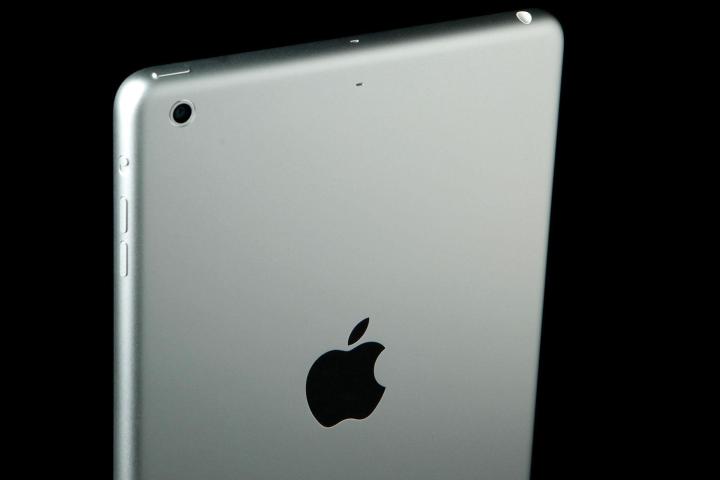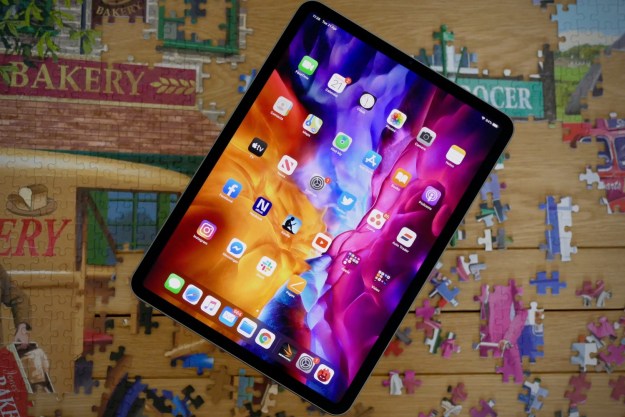
The design of the iPad Mini served as the basis for its successors, the iPad Mini 2 and 3. Its body design and proportions can also be found in the new iPad Airs. The removal of the iPad Mini from the lineup has resulted in a purification of sorts for Apple’s popular tablet devices. Without the original iPad Mini out for the count, Apple’s tablet offerings are now entirely 64-bit, running either the A7 or the A8X processor, and are all retina display devices.
It’s possible that stiff pricing and hard to pass up upgrades are two factors that finally nudged the iPad Mini out of the Apple Store. Additionally, Apple traditionally holds an iPad launch event in the fall, so it’s likely that the first Mini was removed to make way for future generations. The iPad Mini 2 was reduced to $300 at the same time, and with a processor two generations ahead of the first Mini’s chip and four times the power, it was hard not to spend that extra $50 on the newer model.
If for some reason you are hankering for an original iPad Mini, Apple will still stock refurbished models on its website for the time being. The first-generation iPad Mini is also available at a number of third-party retailers like BestBuy and Walmart at discounted prices until stock runs out.
Editors' Recommendations
- Apple accidentally revealed a big iPad Pro display upgrade
- You may have to wait a while longer for new iPads
- This is when Apple will finally release its new 2024 iPads
- Apple may announce new iPads next month. Here’s everything we expect
- Apple’s new iPad Pro may not be as expensive as we feared




